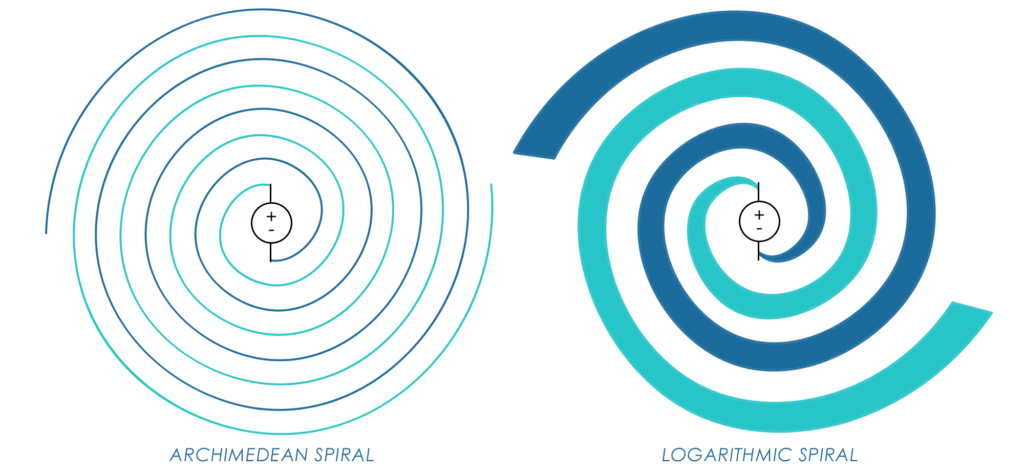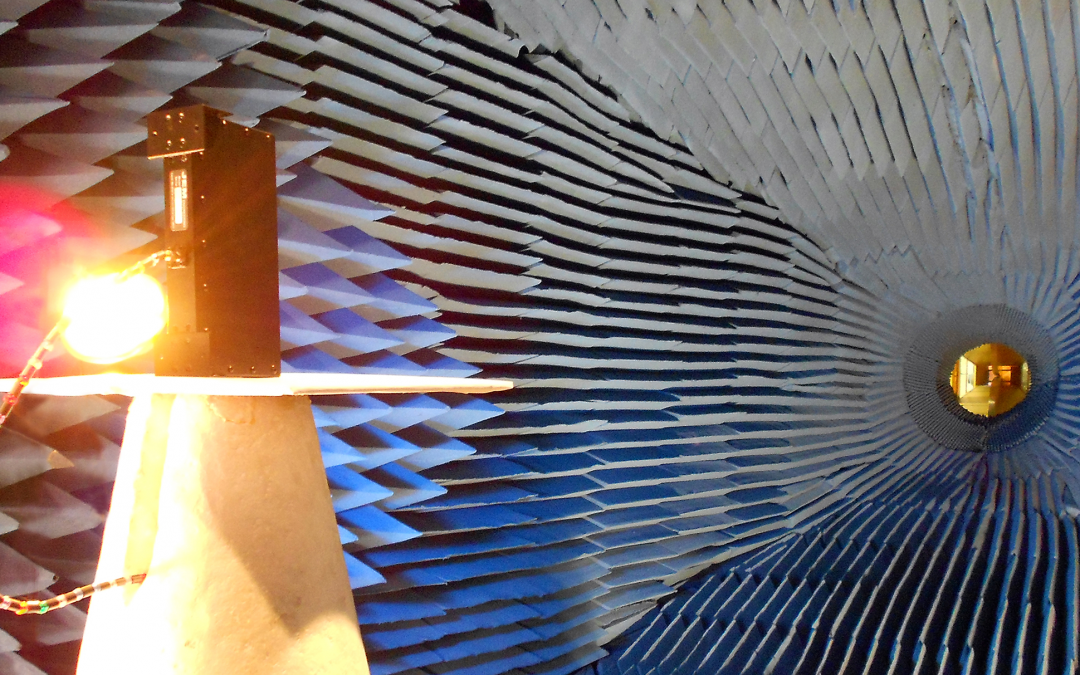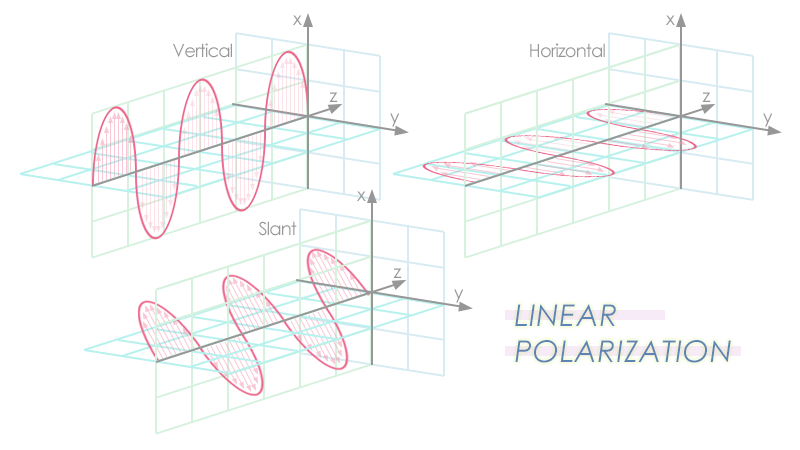Living Legends: James West and Jesse Russell
February 2024Every February, JEM Engineering honors the the African American Engineers who have made lasting contributions in STEM. This year, we’re excited to spotlight two living legends: James Edward West and Jesse Eugene Russell.
Born on February 10, 1931, James Edward West is a distinguished American inventor and electrical engineer. His innovative work has had a profound impact on audio technology and communication systems.
West earned his Bachelor of Science degree in Physics from Temple University and later obtained a Master of Science degree in Physics from the same institution.
In the 1960s, while working at Bell Laboratories, West, along with his colleague Gerhard Sessler, developed the electret microphone.

The invention of the electret microphone became a cornerstone in the field of audio engineering, providing a more compact and reliable microphone technology. Over the course of his career, James West has received numerous awards and honors for his achievements.
To this day, West remains a strong advocate for diversity in science and engineering and has been actively involved in mentoring aspiring scientists. West’s contributions have left an indelible mark on the world of technology, making him a respected figure in the realms of acoustics and electrical engineering.

Born on April 26, 1948, Jesse Eugene Russell is an accomplished American inventor and electrical engineer. He is renowned for his groundbreaking contributions to the field of wireless communication.
Russell earned his Bachelor of Science degree in Electrical Engineering from Tennessee State University and later received a Master of Science degree in Electrical Engineering from Stanford University.
In the 1980s, Jesse Russell played a pivotal role in the development of digital cellular communication technology.
If not for James Edward West and Jesse Eugene Russell, we wouldn’t have the microphones and cellphones we have today!

Latest Posts

Fractal Antennas, Explained
While fractals antennas have many complexities that can be discussed at length, in this post, we will examine the basics of fractal antennas.

What is a Smart Antenna?
The textbook definition of a smart antenna is “an antenna array with digital signal processing algorithms, which identify spatial signatures.” Using these spatial signatures, the smart antenna calculates beamforming vectors, which are then used to track and locate the antenna beam on a mobile or target.

Black History Month 2021
As a minority-owned business, JEM Engineering proudly celebrates Black History Month.

Advancements in Aerospace Antenna Design
With the latest advancements brought upon by more research and development, aerospace antenna design has continued to steer away from traditional manufacturing materials and methods.

Large Bandwidths in Small Packages: Spiral Antennas
Spiral antennas are a type of frequency independent antenna first introduced in the 1950s. Their spiral design allows them to be relatively small.

Radiofrequency Test Fixtures
Dielectric (non-conductive) materials, such as foam and wood, for example, are ideal for test fixturing.

Intro to Antenna Polarization
The polarization of an antenna is loosely defined as the direction of the electromagnetic fields produced by the antenna as energy radiates away from it.
